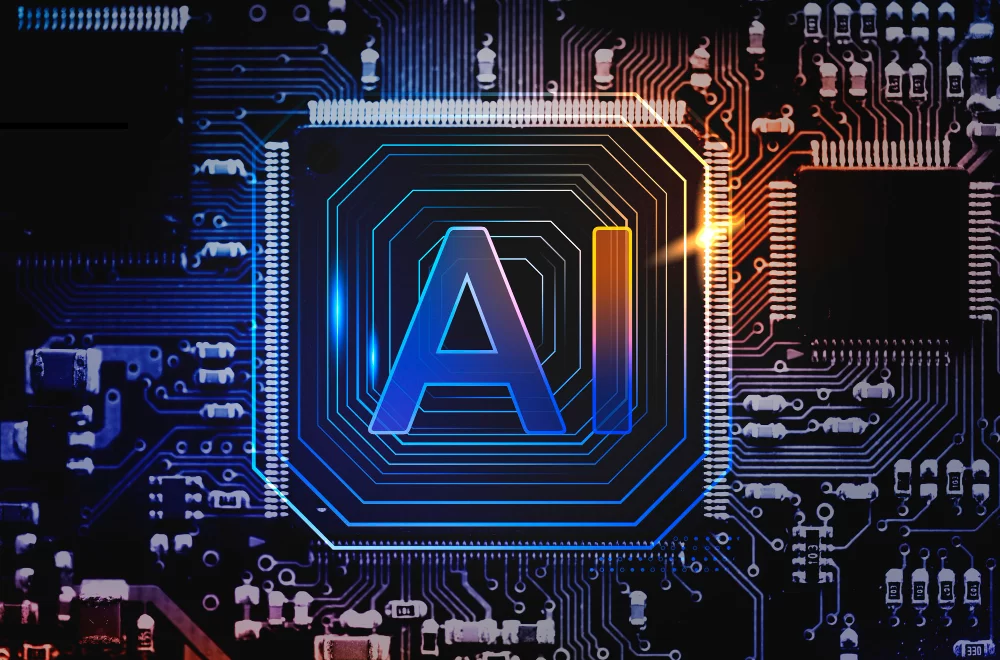The Rise of AI Chips: Revolutionizing Technology and Attracting Investors
Introduction:
In the ever-evolving world of technology, a tiny yet mighty piece of silicon is stealing the spotlight. AI chips, closely related to their video game graphics counterparts, have emerged as a game-changer in the field of artificial intelligence. These specialized chips are designed to accelerate the development of AI systems, such as the remarkable ChatGPT, while also offering cost-effective solutions. Experts predict that the AI chip revolution has the potential to reshape the technology sector and even influence the world as we know it. With companies like Nvidia leading the charge, investors are flocking to seize the golden opportunities presented by this cutting-edge technology. The Rise of AI Chips are very incredible for the modern age.
Defining AI Chips:
While defining AI chips may not be a straightforward task, they can be broadly understood as computing hardware specifically optimized for handling AI workloads. These chips excel at “training” AI systems, enabling them to tackle complex problems that traditional computers struggle with. By leveraging parallel processing techniques, AI chips unlock the potential for rapid advancements in both gaming and AI research.
Origins in Video Games:
Nvidia, a pioneer in the field, was established in 1993 with a mission to revolutionize computational graphics. Through relentless innovation, the company developed the Graphics Processing Unit (GPU), a groundbreaking chip that revolutionized the gaming industry. By performing numerous complex graphics calculations simultaneously, GPUs dramatically accelerated game development and gameplay. The success of GPUs in parallel processing caught the attention of AI researchers, who discovered their potential for neural network training. In fact, a GPU-based neural network won the prestigious ImageNet AI competition in 2012, sparking widespread interest in AI-related parallel processing.
Modern AI Chips:
Fast forward to the present day, and Nvidia has cemented its position as the leading provider of AI chips. Their latest offering, the H100 GPU, packs a staggering 80 billion transistors, surpassing even Apple’s high-end MacBook Pro processor. This cutting-edge technology comes at a premium price, with the H100 listed at $30,000 on select online retailers. To meet the growing demand, Nvidia partners with Asian chip foundries like Taiwan Semiconductor Manufacturing Co. and Samsung Electronics to fabricate these advanced GPU chips.
Cloud Computing and Competition:
Cloud-computing services, including Amazon and Microsoft, represent some of the biggest customers for AI chips. These services allow smaller companies and organizations, lacking the resources to build their own AI systems from scratch, to leverage the power of AI through cloud-based tools. Applications of AI in the cloud range from drug discovery to customer management, enabling unprecedented access to AI capabilities.
While Nvidia has dominated the AI chip market, industry analysts anticipate increased competition in the future. Advanced Micro Devices (AMD), a key player in computer graphics chips, has already begun strengthening its own lineup of AI chips. As the market expands, rivalry and innovation will likely drive further advancements in AI chip technology.
Conclusion:
AI chips have become the talk of the tech industry, with their potential to reshape the technology landscape and drive the development of web application systems. Companies like Nvidia have capitalized on the power of parallel processing and have emerged as leaders in the field, attracting significant investor interest. As the AI chip revolution continues to unfold, we can expect fierce competition, technological breakthroughs, and an even greater integration of AI in various sectors. With AI chips at the forefront, the future of technology looks brighter than ever.





1 Comment
Comments are closed.